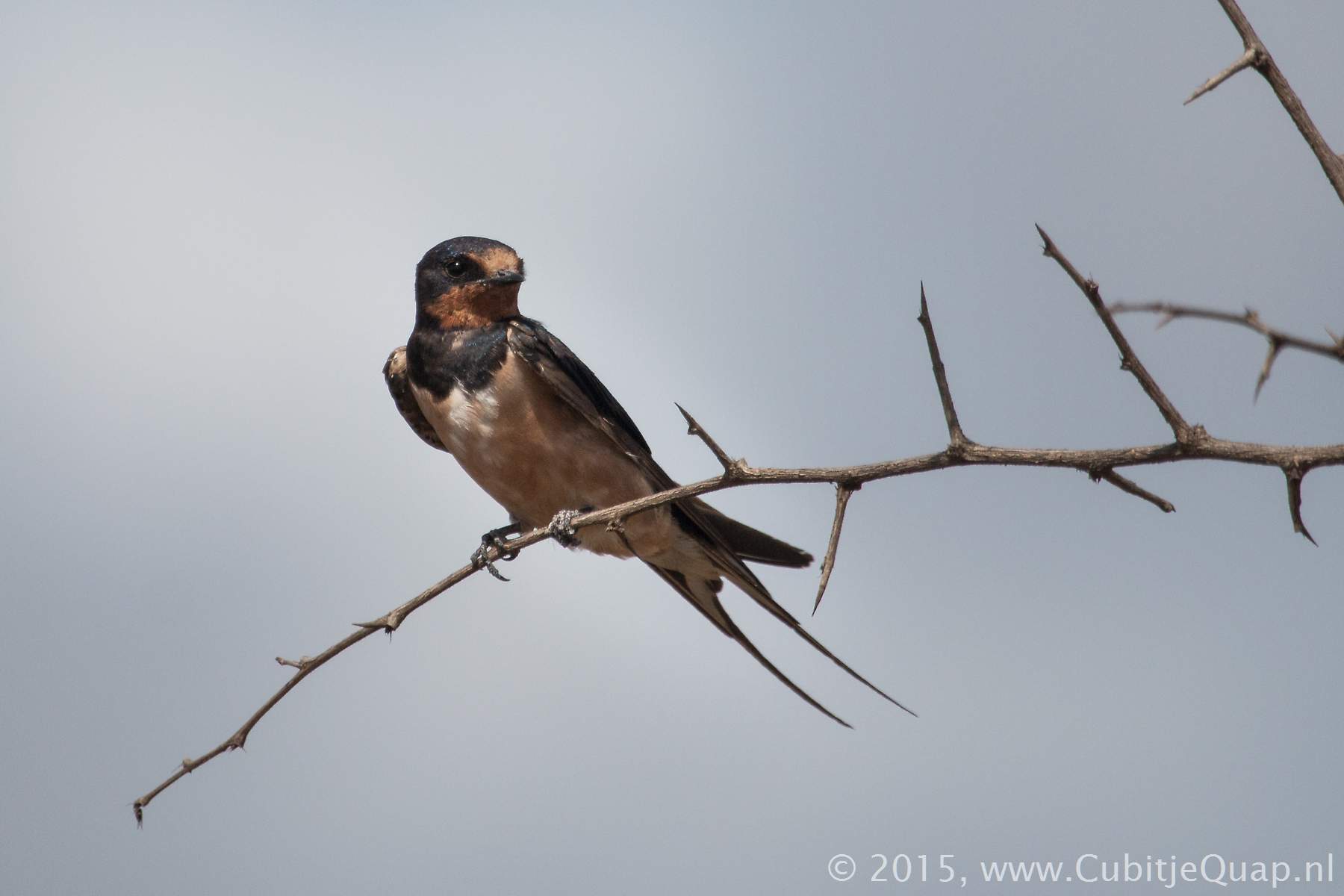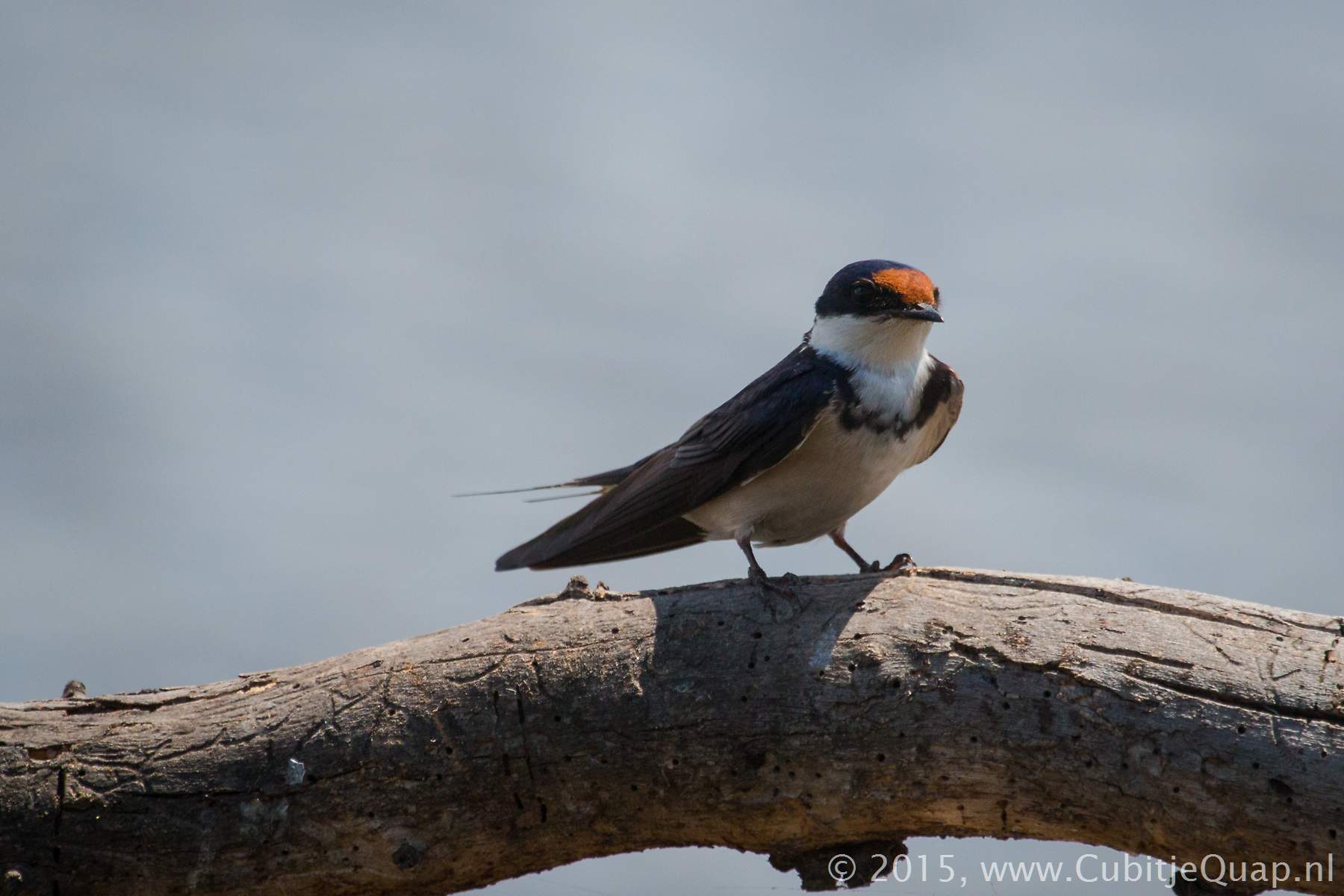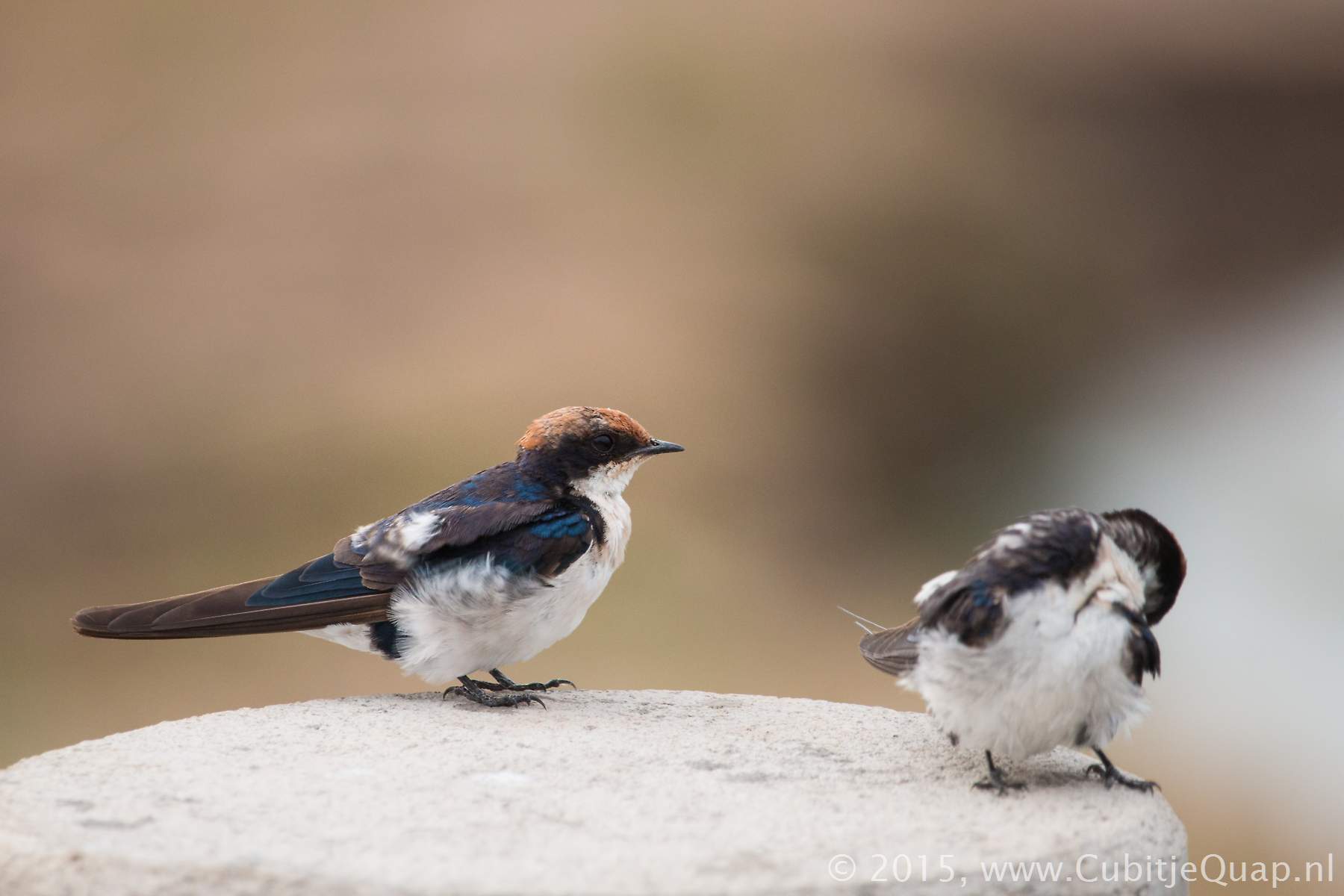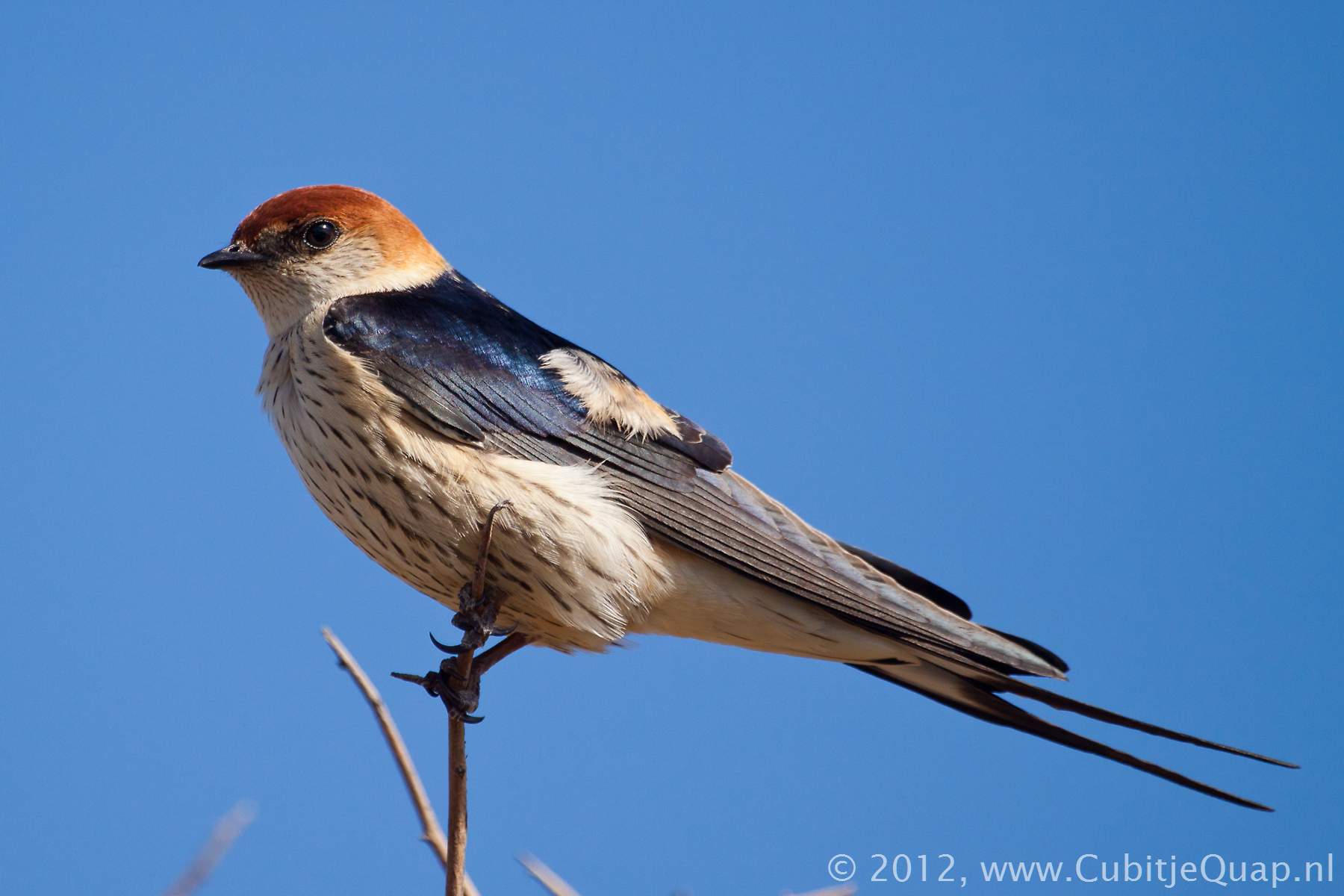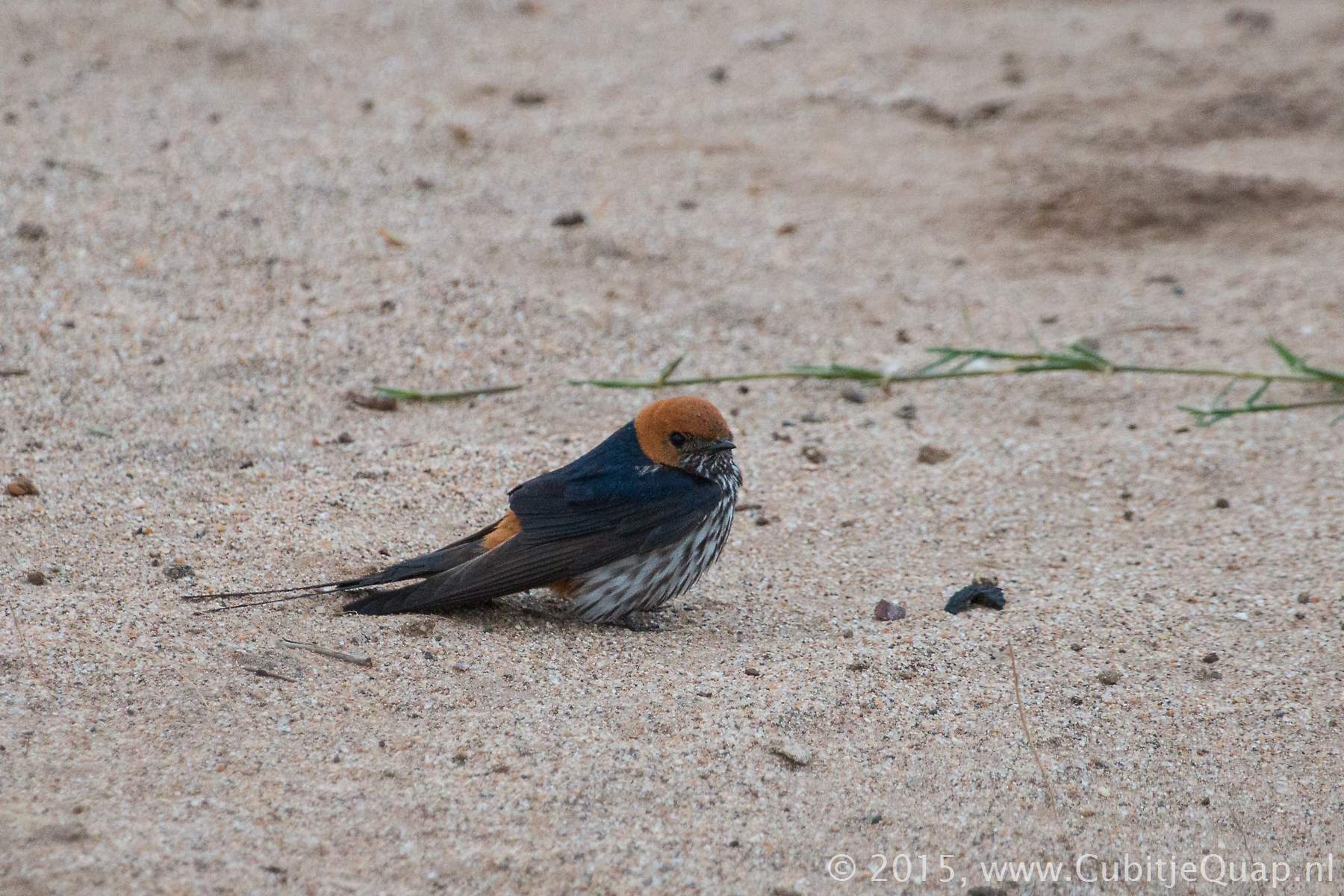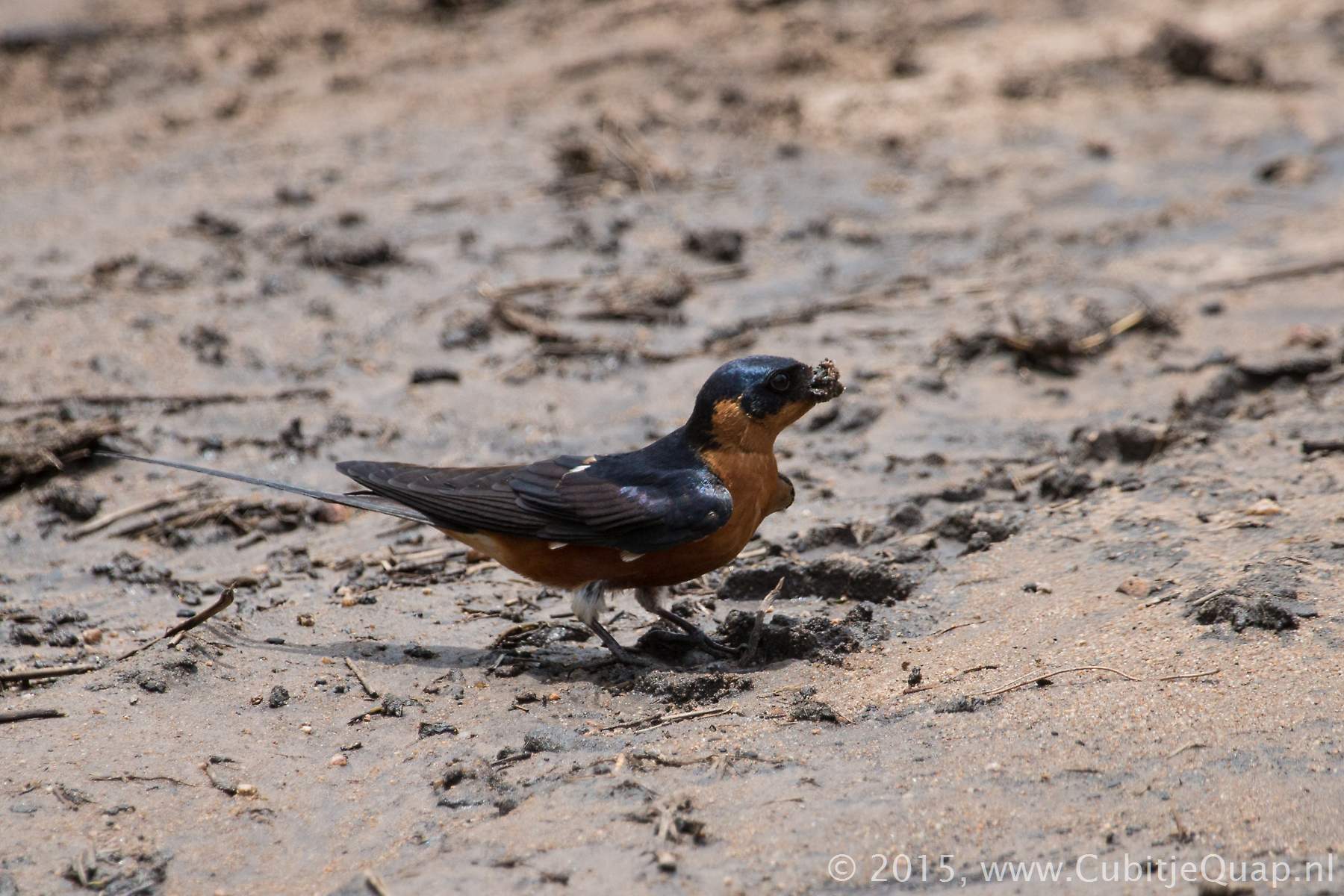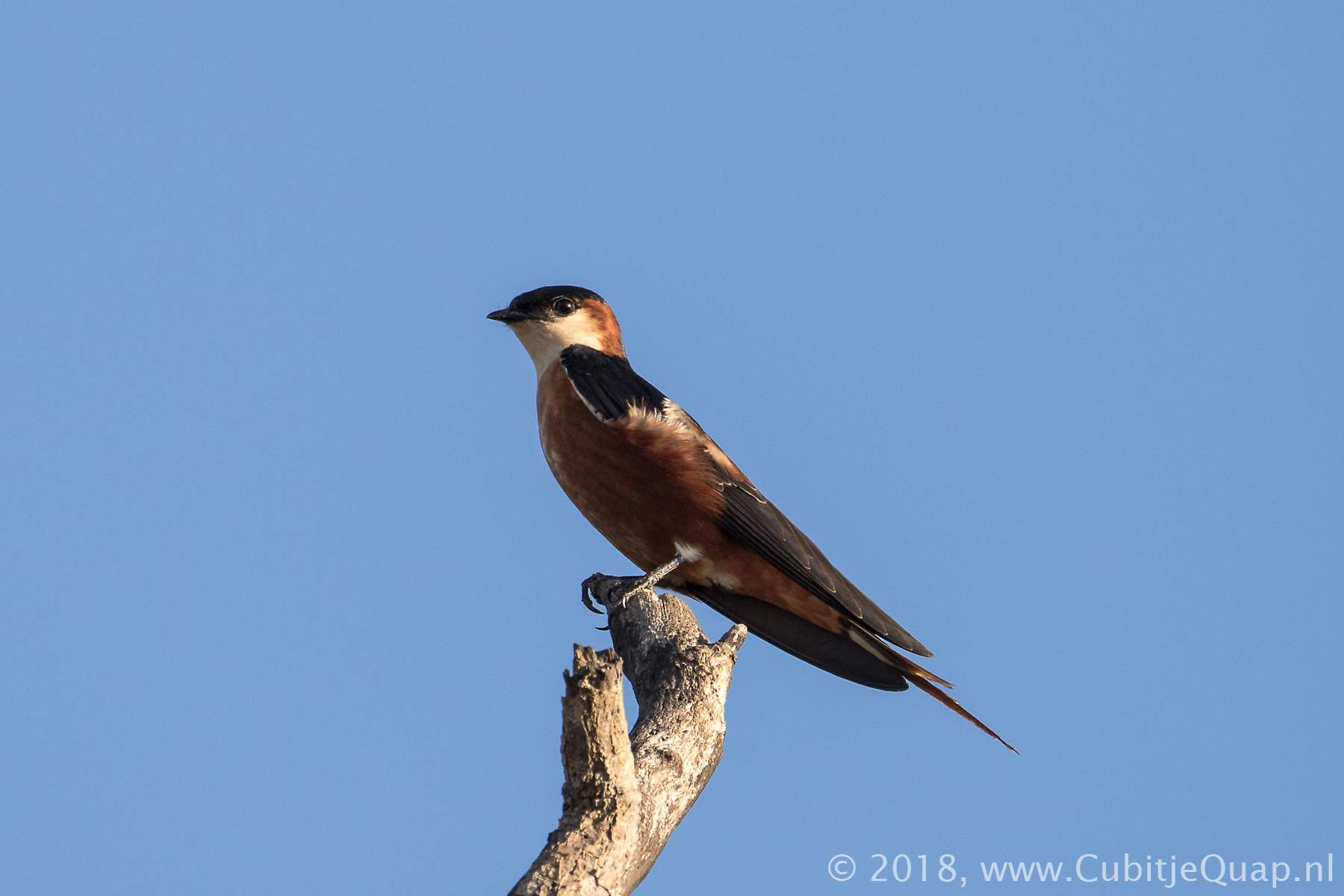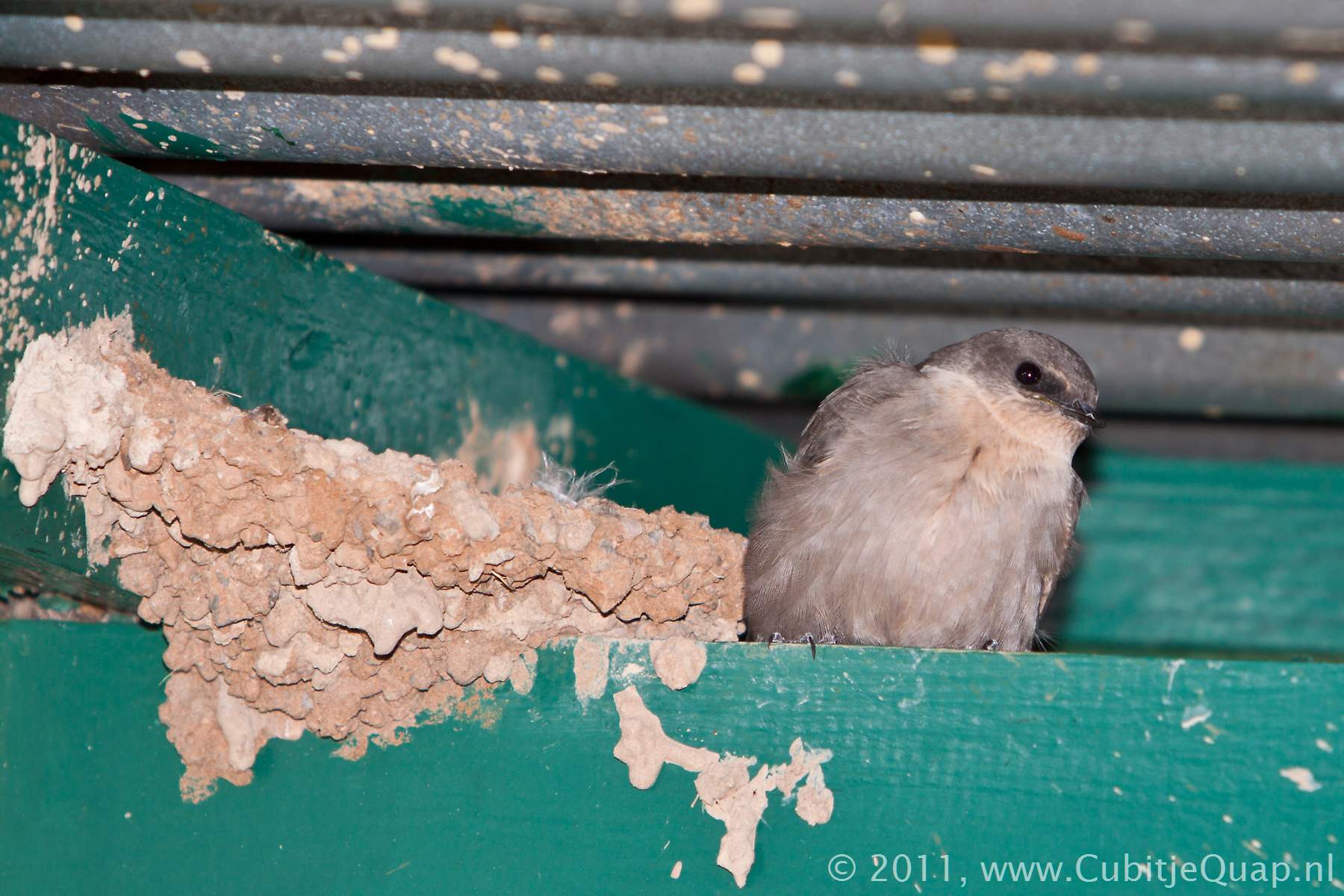Saw-wings, swallows and martins Information page
Description
Delicate, graceful, gregarious, highly aerial passerines specialised in catching insectivorous prey on the wing.Scientific names
Delichon = anagram of Chelidon (swallow)Hirundo = swallow
Ptyonoprogne = fan swallow in reference to shallowly forked tail
Cecropis = from Cercrops, legendary king of Athens
Swallows
Hirundo are typical swallows with generally blue iridiscent plumage and russet plumage somewhere, usually on the head, breast or belly. They have a deeply forked tail and they build a mud-pellet nest that is attached to a vertical surface or beneath an overhang.Swallows usually drink and bathe by skimming over the water, but may occasionally do so at small, shallow pools. They sunbathe from exposed perches, usually communally, and will make use of communal roosts in reedbeds, trees or on the ground. They are often gregarious, especially at concentrated food-sources, where they feed with other swallows and martins.
Swallows eat aerial insects that are caught with rapid, highly agile and manouverable flights made possible by long, pointed wings and forked tails that are used for turning and braking. They have small bills with a wide gape to easily catch prey in flight. They often will associate with mammals on the ground, capitalizing on the prey they disturb. They may also glean directly from vegetation or pluck prey from the ground. Some species eat fruits or seeds.
Martins
All martins are essentially swallows. The tail generally lacks the streamers and they have a heavier build than most swallows. They are specialized in feeding on aerial invertebrates, caught on the wing directly with the bill by pursuit, facilitated by the short bill and the very wide gape.They are usually brown on the back and paler below with no iridescence. Their wings are long and narrow, with moderate flight-wing loading that is superb for gliding flight with little effort and lots of manouverability.
Interesting links
Wikipediafatbirder.com

